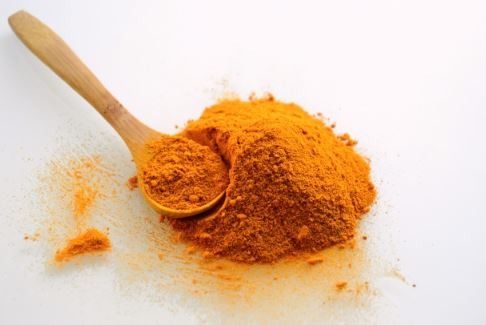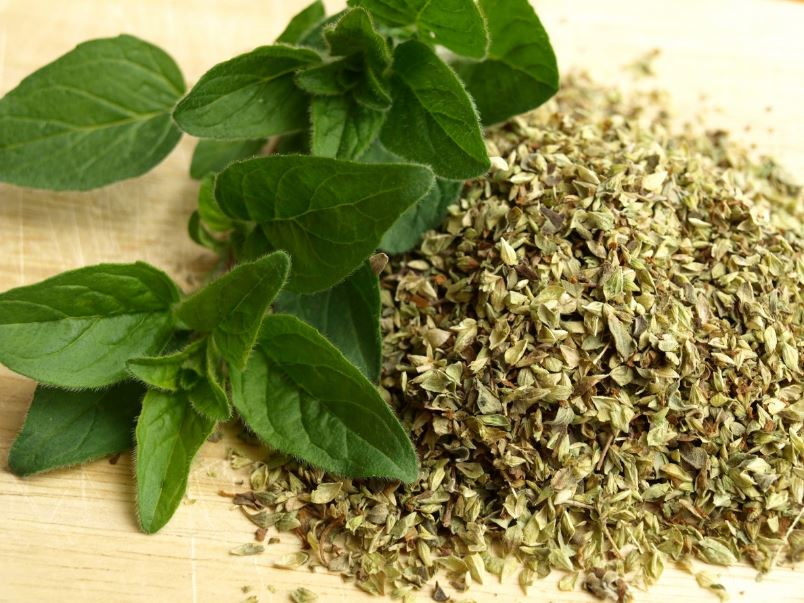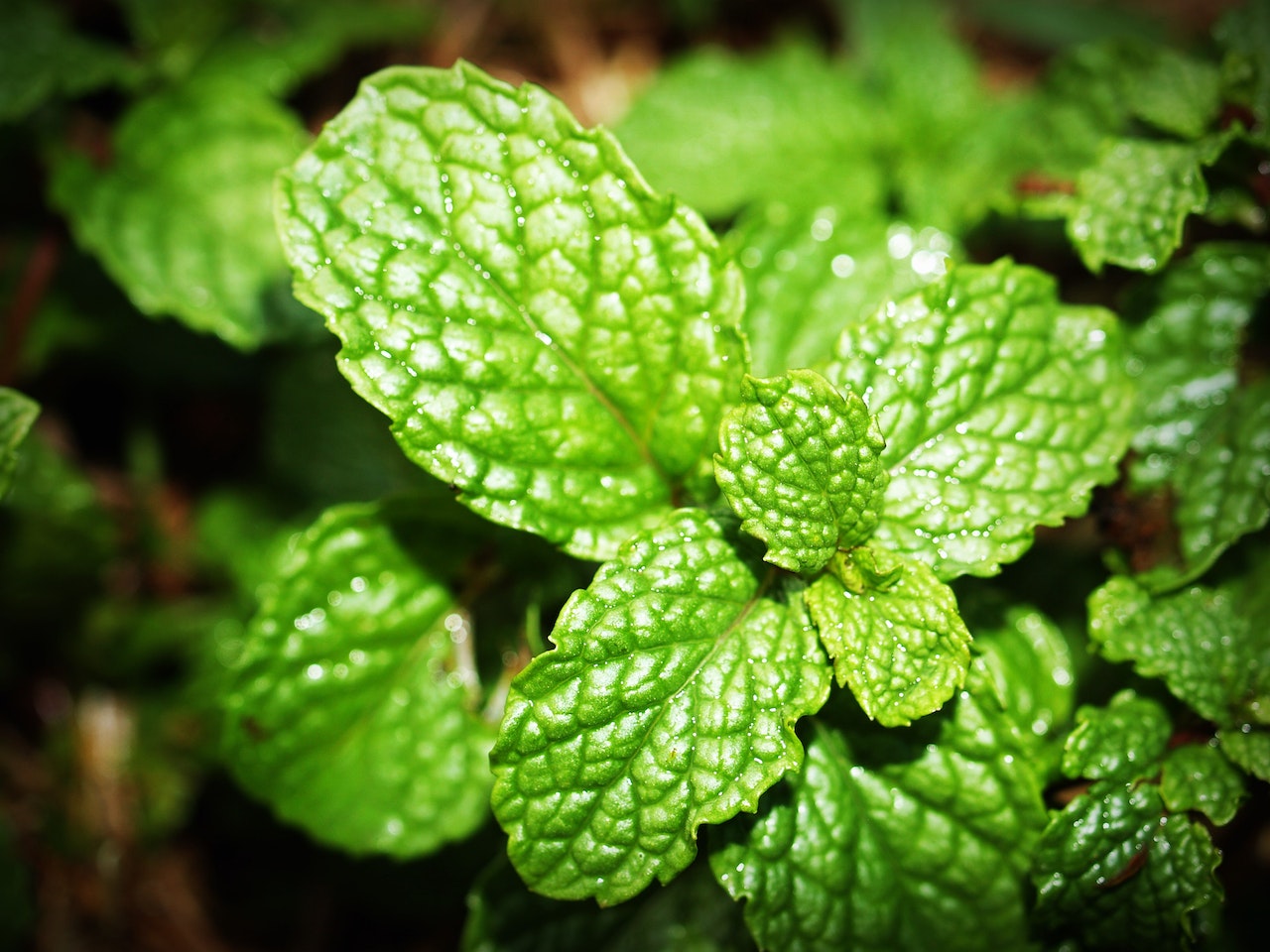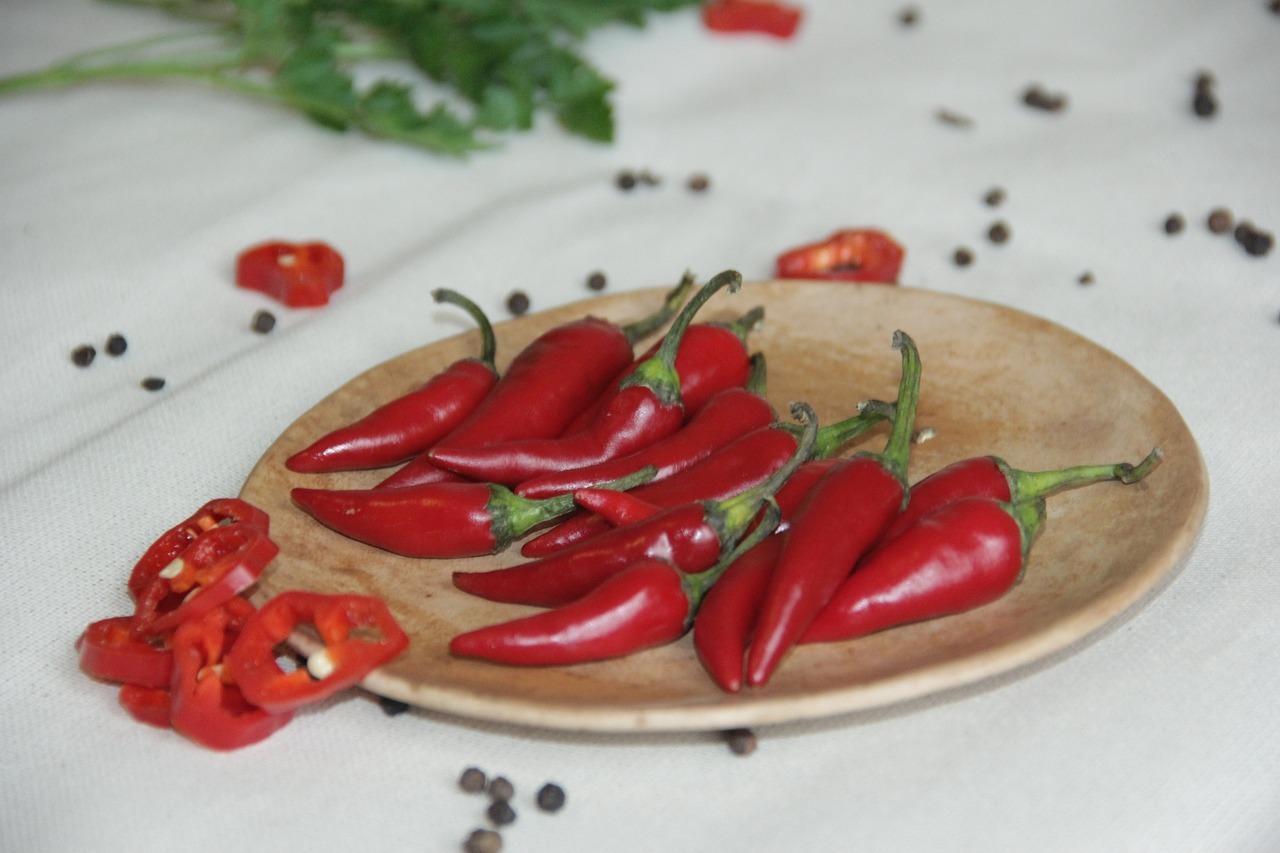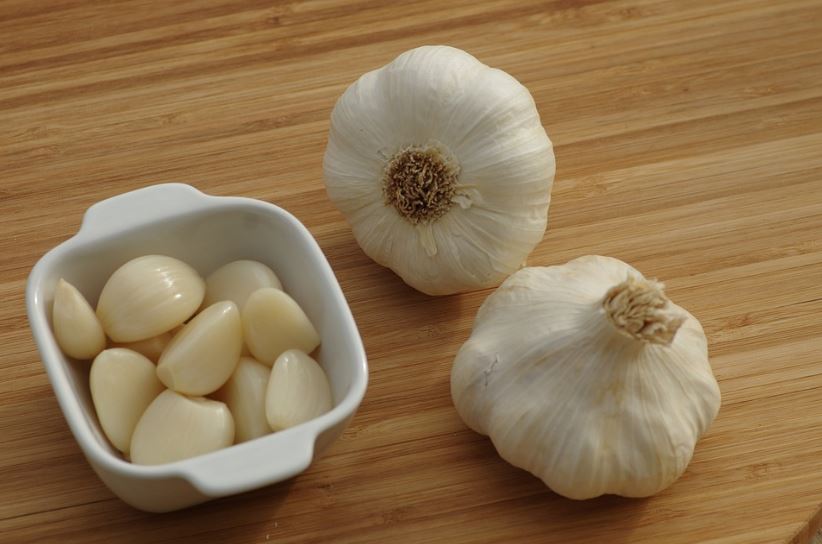Herbs and spices are among the many raw food groups that can be added to healthy diets. They are mostly used to add flavor and spice to food. Most herbs and spices can be permitted on a raw food diet, except table salt, because they are processed. Aside from adding flavor and spice to food, a lot of people around the world also believe the herbs and spices have healing properties. This is the reason why many are sprinkling cinnamon in their coffee and adding freshly chopped basil over pasta.
Vegetables and fruits are always considered healthy and nutritious, making herbs and spices one of the most overlooked sources of nutrients. Did you know that the healthiest spices and herbs come with powerful health benefits while adding flavor to your main dishes? If you are curious about what they are, you’re in the right place. Today, we are giving you a list of the healthiest herbs and spices that you can add to your meals.
Rosemary
Rosemary is an aromatic and healthy herb that also tastes great. It is a member of the mint family and based on studies, its scent can help improve concentration and can also boost mood. When it comes to vitamins, fresh and raw rosemary has vitamin A, vitamin B6 and other B vitamins like thiamin and folate. Rosemary is also rich in fiber and has anti-inflammatory properties, making it great for gut health and digestion. Aside from adding it as a flavoring to food, you can also brew it in tea to treat an upset stomach or nausea.
Turmeric
Turmeric is popularly known for being added to curries, but it has become a more versatile seasoning. It is very easy to add to the diet, which also means reaping its benefits is easy, too. Turmeric may ease inflammation, slow cancer, treat depression, and other conditions. It contains high amounts of curcumin, which is a powerful antioxidant. Based on studies, it can help treat different health problems, from minor toothaches to more serious conditions like diabetes and arthritis.
Oregano
Oregano has tiny leaves, but they are rich in nutrients, including calcium, iron, vitamin K, vitamin E, fiber, and manganese. A tablespoon of fresh oregano can contain as much antioxidant activity as a medium-sized apple. Oregano has more antioxidant power than many herbs and blueberries, making it one of the richest sources of antioxidants. This means that consuming oregano can prevent cell damage caused by free radicals, helping fight off stroke and heart disease. It also contains phytonutrients that can prevent infections.
Ginger
Ginger is popular for easing nauseous stomach, soothing morning sickness, and as well as nausea from chemotherapy. A lot of people also take ginger for motion sickness. Aside from that, ginger is also rich in gingerols, which are inflammation-fighting compounds that may help reduce osteoarthritis pain and soothe sore muscles. Based on a study, people who took ginger capsules for eleven days had less muscle pain when they did exercises compared to those who took dummy capsules.
Peppermint
Peppermint is refreshing when made into tea. It has a minty aroma that can help lift the mood and sharpen fuzzy thinking. One study also suggests that the scent of peppermint may help soothe an upset stomach. However, more research is needed to prove it. But it can relieve IBS symptoms and ease nausea.
Cayenne Pepper
Cayenne pepper can give weight-loss efforts a small boost. It has capsaicin, which gives fresh chiles and spices like paprika and cayenne their kick. Based on studies, capsaicin can bump up the body’s metabolic rate, which helps burn more calories. Aside from that, cayenne pepper is also effective in stimulating brain chemicals to tame hunger.
Garlic
Garlic has potent bioactive compounds and other nutrients that are good for health. In fact, treatments that contain garlic extracts are known to significantly lower high blood pressure. Aside from that, there are also other experts that suggest garlic supplements may prevent colds or speed the recovery if you catch one.
Cinnamon
Cinnamon is usually added in bread and pastries and as well as to other drinks. In fact, it is a good alternative to sugar and other sweeteners if you want to make your food sweeter. There are also studies that suggest cinnamon may help lower blood sugar spikes for those who have type 2 diabetes. It is rich in antioxidants that may help slow the aging process, reduce oxidative stress, and rid the body of toxins. And like ginger and turmeric, cinnamon is also anti-inflammatory.
Cinnamon is also thought to be a good fighter of neurodegenerative diseases, like Parkinson’s and Alzheimer’s. Overall, it is an awesome food for the body and brain, as it can help in having healthier skin, improving brain function, and fighting infection.
Sage
Sage is a beautiful herb and is very easy to grow at home. It has a great smell and an even better taste. It can add depth to meals, turning a plain meal into something extraordinary. You can also use sage to boost cognition. Whether you eat it or inhale it, you sure can expect a brain boost. In fact, this herb is known to increase memory recall and retention, making it a superfood for the mind. It is also high in vitamin K, and it can help normalize cholesterol levels and improve blood sugar, which is great for those with diabetes. You can also use a strong sage infusion to treat a sore or inflamed throat and achy teeth.
Chili
Many people use chili to spice food up. They come in different forms, such as fresh, ground powder, and flakes. Spicy foods have a lot of health benefits, and the most popular one is to aid in weight loss. Chilis contain more vitamin C than oranges. It is perfect for boosting the immune system. It also contains vitamin A and E. It also has anti-inflammatory properties that may help reduce pain in people who have symptoms from sensory nerve fiber disorders, like arthritis and psoriasis.
Cumin
Cumin is a ground spice that is used in many recipes. It has a warm and earthy flavor that is perfect for deepening the flavor profile of many different recipes. If you are into tacos, then you probably know what cumin tastes like. Aside from adding flavor to cuisines, cumin is also great for digestion. It contains thymol, which helps in the production of bile, stomach acid, and digestive enzymes. It also has vitamin E, which acts as an antioxidant for healthy, glowing skin. It is also high in vitamin C, making it a powerful immune booster.
Cumin is antiviral, anti-congestive, and antibacterial. This means that it is perfect for preventing infections and clearing up the airways if you are suffering from respiratory stress.
These are some of the healthiest herbs and spices that you can add to your diet. It’s great to know that aside from the added flavors and aroma that these herbs and spices give, they are also packed with nutrients that can boost the overall health. We hope this list will help you find the best herbs and spices to incorporate into your diet.

